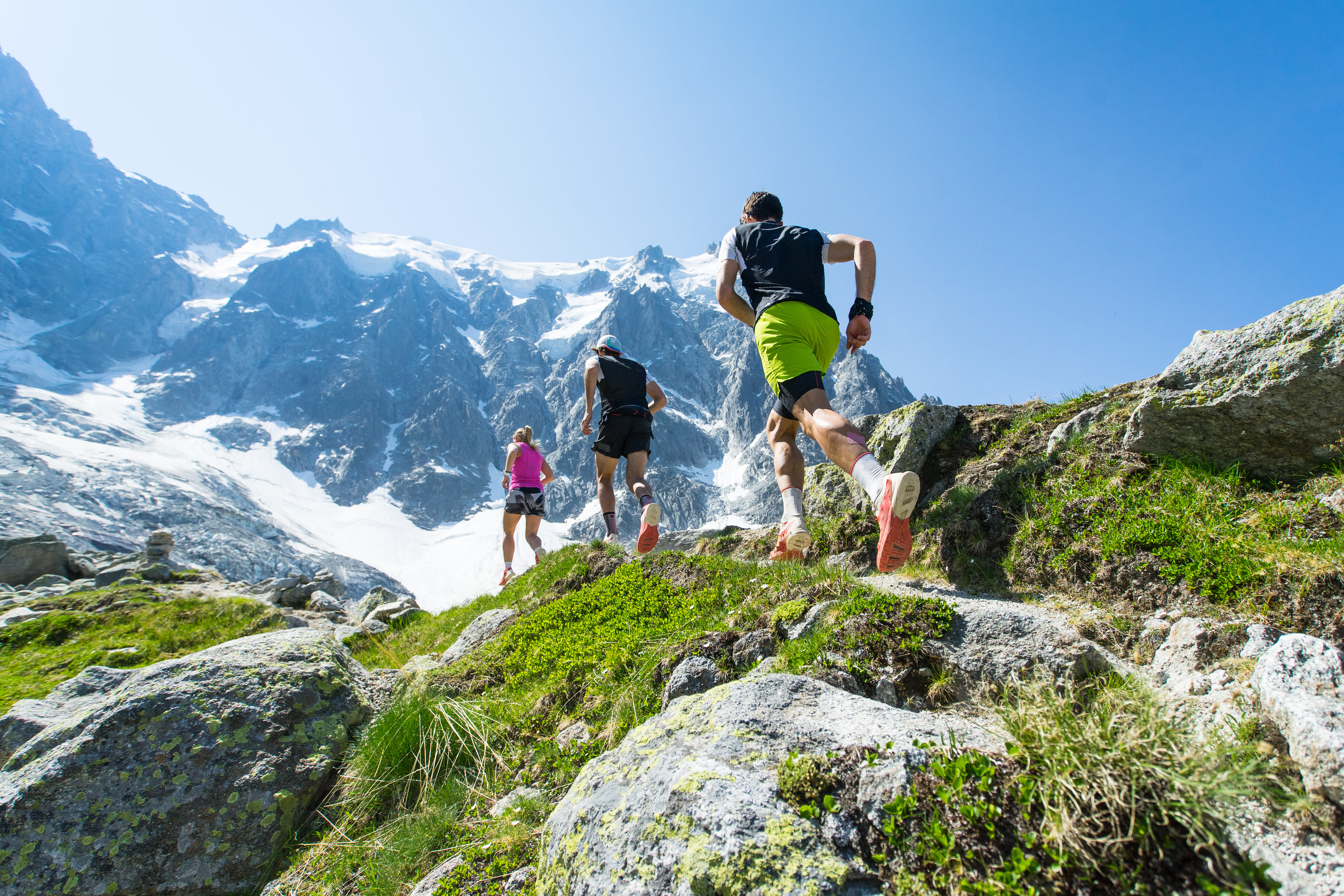Explore Europe
From ice-cold fjords to baking hot mountains, Europe has an incredible and diverse landscape to explore, as well as some of the greatest outdoor events on Earth! Explore a comprehensive range of events and adventure holidays in Europe here.
European event guides
Use the quick links below or keep browsing to explore events and adventures in Europe!
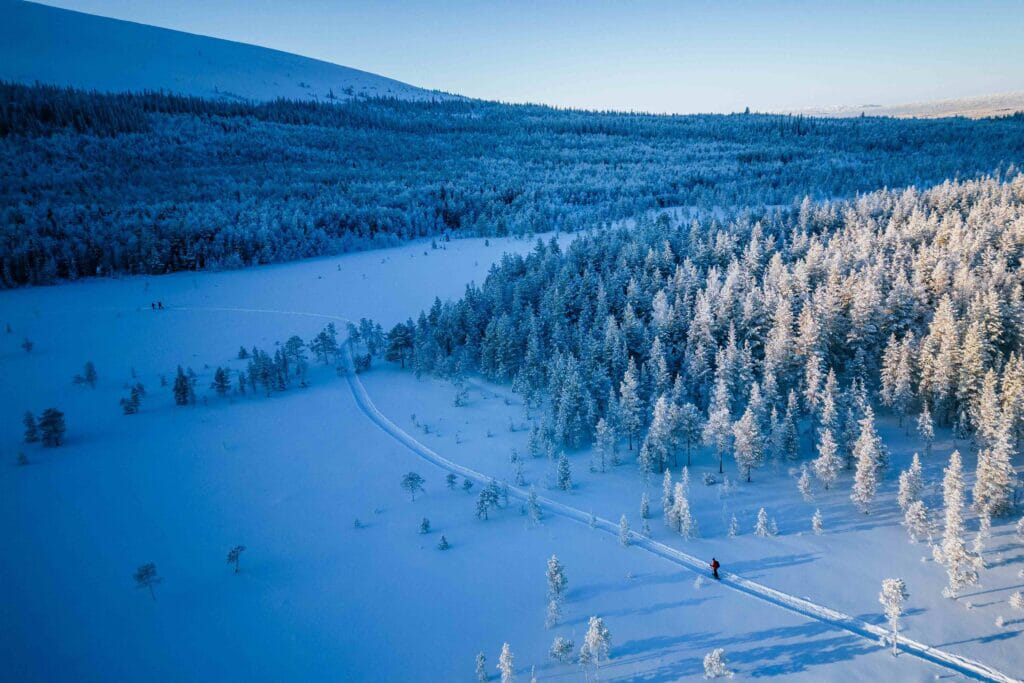
- Sun 8 - Fri 13 Feb 2026
- 5 nights from £3,820
Finland Arctic Challenge
Push your limits with ice running, snowshoeing, skiing, fat-biking on snowy trails and husky-dog sledding. Based out of wilderness cabins, you will experience Lapland in the most authentic way!
- 1 day trail running
- 1 day snowshoeing
- 1 day nordic skiing
- 1 day mountain biking
- 1 day dog sledding
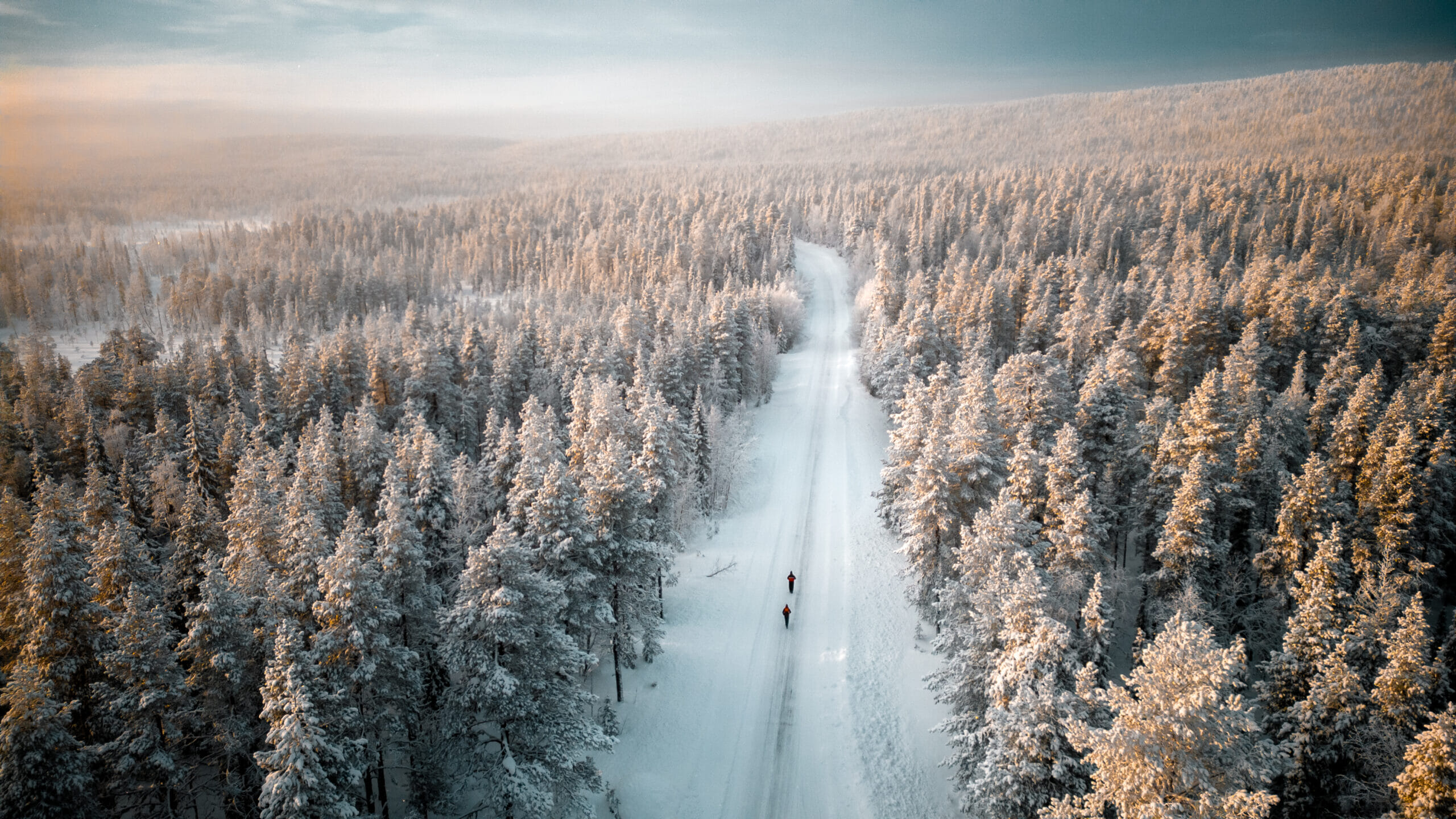
- Tue 23 Dec - Sat 3 Jan 2026
- 4 nights from £1,616-£2,042
Christmas & New Year Retreat
Celebrate Christmas and New Year Arctic-style in the breathtaking wilderness of Lapland, far from the beaten path, at a unique lumberjack base. Snowsports, sauna, hot tub, Northern Lights, Santa...
- 1 day skiing
- 1 day snowshoeing
- 1 day hiking

- 4 nights from £3,400
Rat Race | Arctic Circle
Ski, snowshoe and fatbike over three stages in Finland on this Arctic Circle adventure journey including a wilderness camp under the northern lights.
- 19 miles mountain biking
- 13 miles nordic skiing
- 13 miles snowshoeing

- 5 nights from £2,100
Rat Race | Croatia Multisport
A stunning 100-mile island-hopping adventure in the Adriatic Sea from the tip of Korcula to the ancient city of Dubrovnik - on foot, standup paddleboard, kayak and bike.
- 39 miles trail running
- 2 miles sup
- 22 miles sea kayaking
- 41 miles mountain biking

- 3 nights from £1,500
Rat Race | Santorini Circuit
A spectacular 60km circuit of the entire volcanic rim of the world-famous 'sunken caldera' of Santorini by foot and kayak in one day of adventure starting at sunrise.
- 9 miles sea kayaking
- 28 miles trail running

- 3 nights from £1,500
Rat Race | The Maltese Falcon
Cross all three of the Maltese Islands in one day on a running, kayaking and cycling adventure from west to east across Gozo, Comino and Malta to a glorious 5 star finish location.
- 10.6 miles trail running
- 4 miles kayaking
- 35 miles mountain biking
France
Including the Paris Marathon and Alpine adventures!

- Sun 12 Apr 2026
- £30-£70
Schneider Electric Paris Marathon
One of the largest marathons on the planet over a flat course in one of the world's most iconic cities, the Paris Marathon boasts an incomparable backdrop.
- 26.2 miles road running
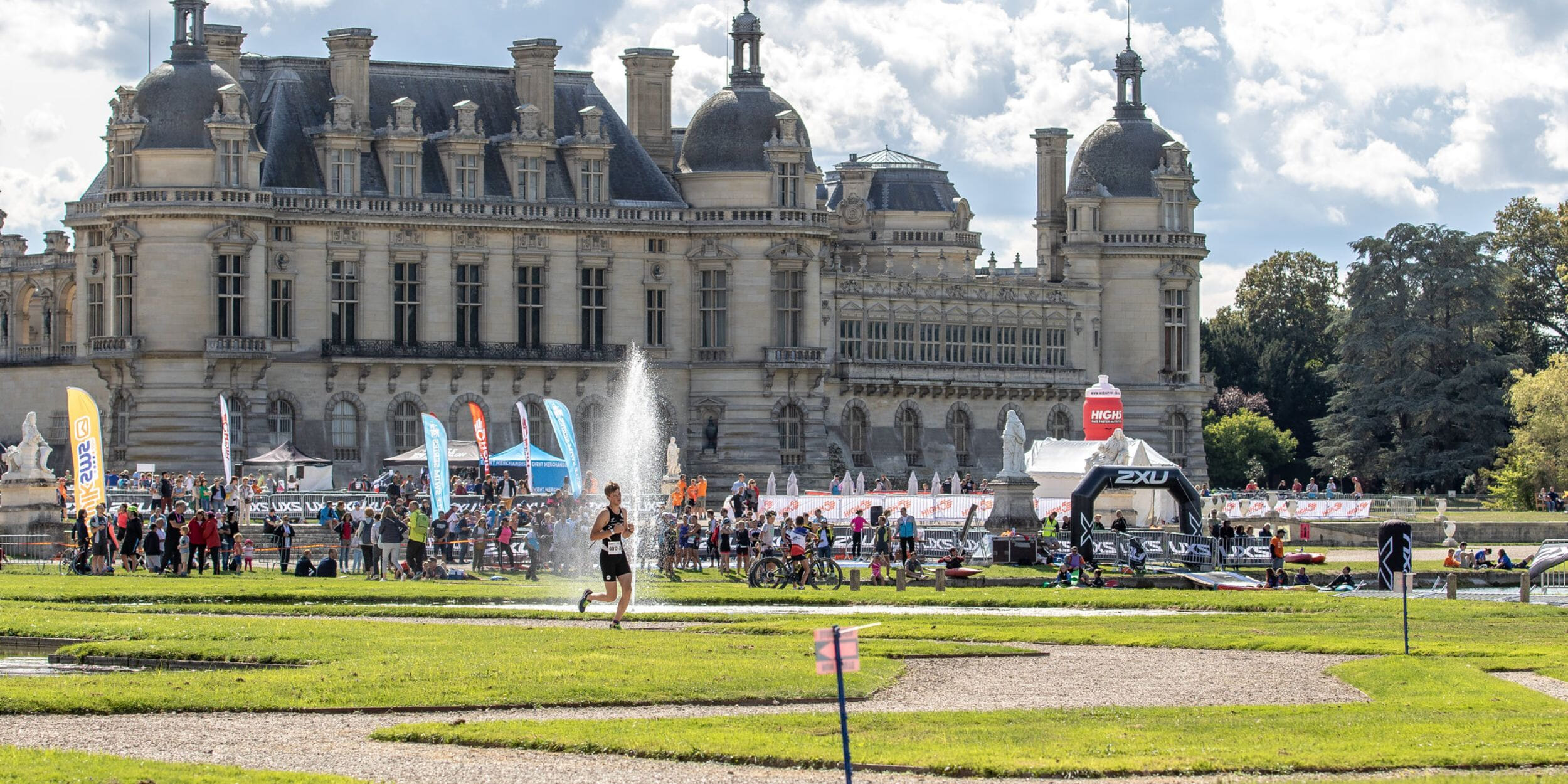
- Sat 6 - Sun 7 Jun 2026
- £20-£350
Chateau de Chantilly Triathlon and Multisport Festival
The majestic château hosts this epic multi-sport weekend for athletes of all levels, complete with a range of disciplines, festival village, friendly spectators and top reviews all-round!
- Ironman
- Half Ironman
- Olympic triathlon
- Sprint triathlon 2
- Super sprint triathlon
- + 12 more races

- Sun 19 Jul 2026
- €50
L'Etape du Tour de France
Ride like a pro on a fully supported Tour de France mountain stage, tackling iconic climbs, roaring crowds and an unforgettable day of pure cycling passion.
- 170 km road cycling + 5400 m ascent
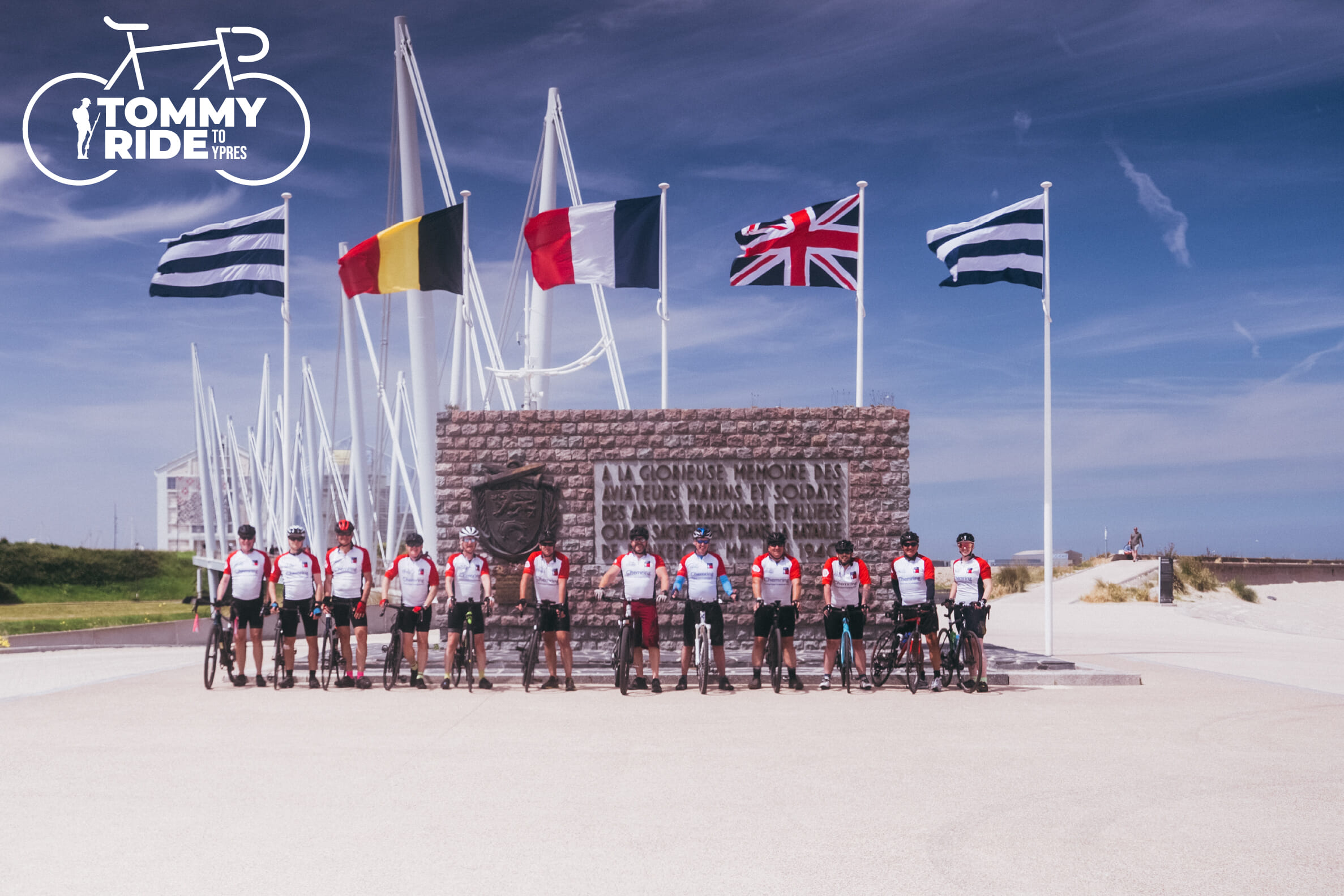
- Fri 26 - Sun 28 Jun 2026
- £200-£1,500
Tommy Ride To Ypres
Join RBLI Tommy Ride, a two-day cycling challenge from RBLI’s village in Kent to the Menin Gate in Ypres. Ride 190km alongside veterans and take part in the Last Post Ceremony on Armed Forces Weekend.
- 190 km road cycling + 3704 ft ascent

- 8 nights from £2,399
Classic Tour du Mont Blanc
Circle Western Europe's highest peak on this iconic trek through France, Italy, and Switzerland, lodging in genuine alpine refuges each night.
- 8 days trekking
Norway
Explore the breathtaking landscape of this Nordic country!

- 7 nights from £1,999
Summits of the Lofoten Islands
Journey through Norway’s Lofoten Islands under the midnight sun, climbing jagged peaks and exploring lively fishing villages beyond the Arctic Circle.
- 6 days trekking

- 7 nights from £1,699
Kayaking and Hiking in the Lofoten Islands
Your chance to both paddle and hike across Norway’s wild and remote Lofoten Islands, flanked by dramatic fjords, turquoise waters, and rugged peaks, under the midnight sun.
- 5 days sea kayaking
- 3 days hiking
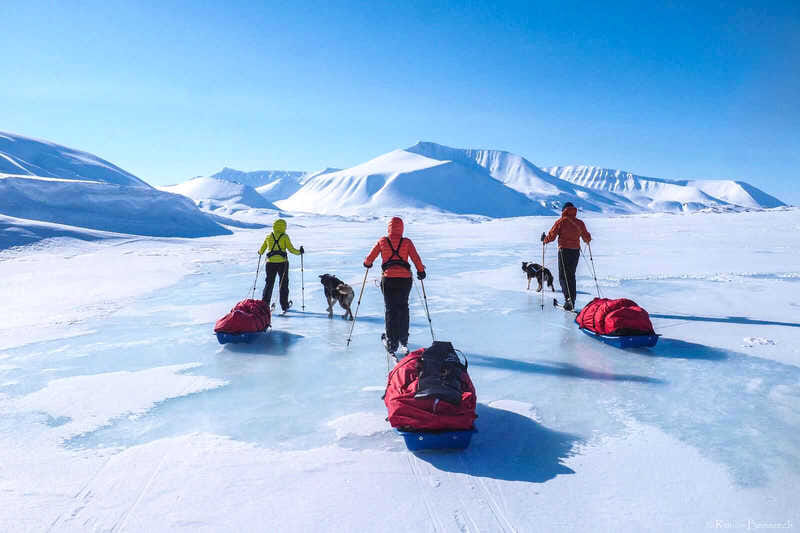
- 9 nights from £3,699
The Five Glaciers
A journey of discovery through the arctic universe, at a relaxed pace. Explore five remarkably different glaciers by sea-kayak and camp in some of the most wild isolated landscapes on earth.
- 5 days sea kayaking
- 3 days hiking
Germany
Featuring the Berlin Marathon - the fastest marathon in the world!

- Sun 27 Sep 2026
- €200
BMW Berlin Marathon
A world record-breaking road race around a historic city on a route featuring the Brandenburg Gate and iconic sights. Now in its 52nd year!
- 26.2 miles road running
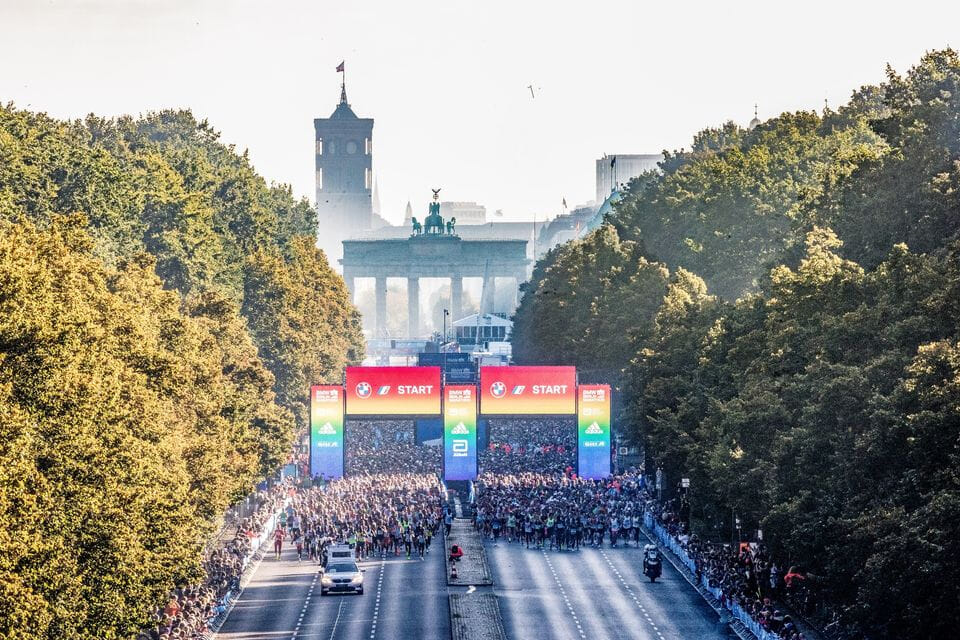
Iceland
Explore the breathtaking landscape of Iceland in these unforgettable adventures.
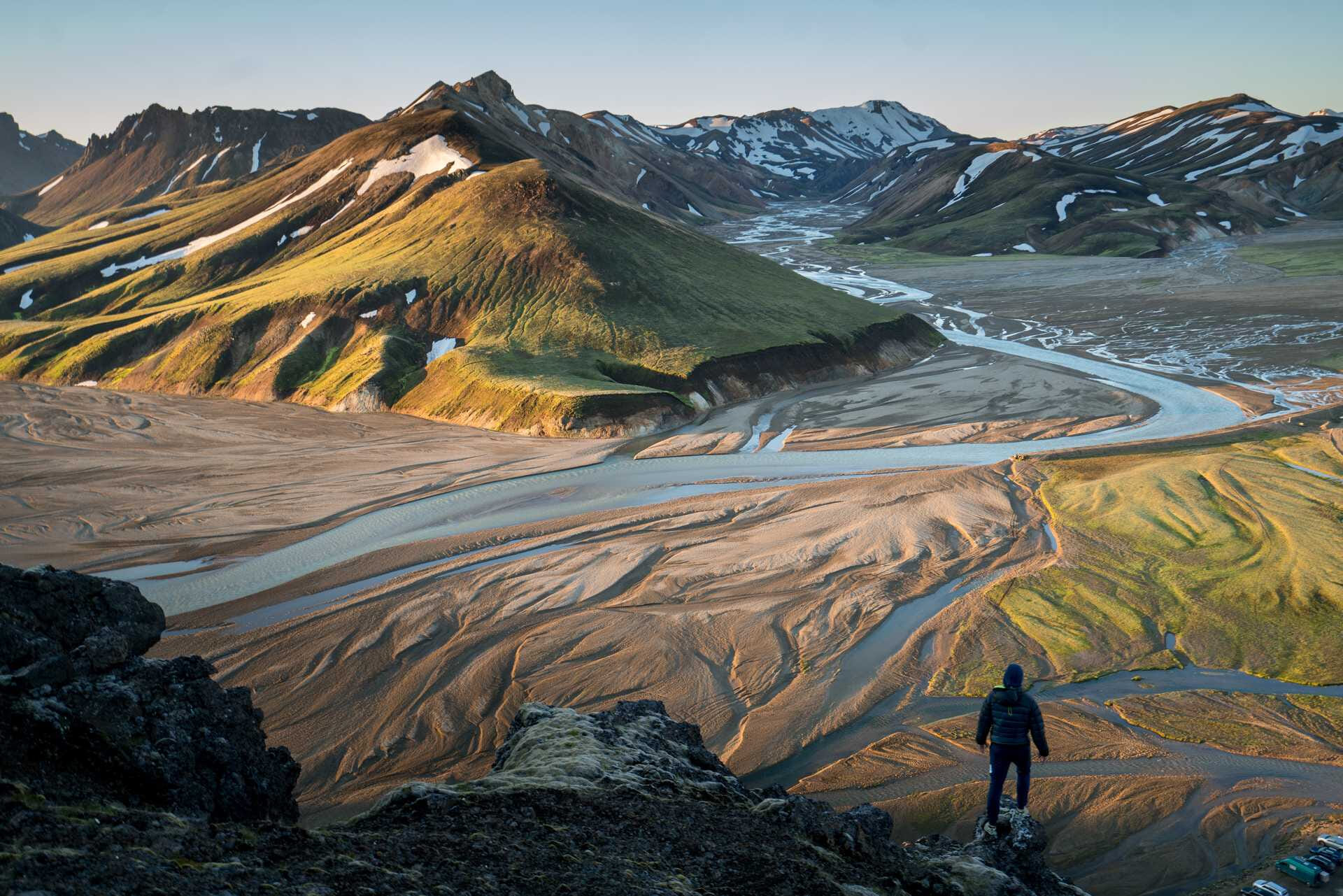
- 7 nights from £3,599
The Laugavegur Trek
Take on Iceland’s most iconic journey, the Laugavegur Trek, showcasing the most jaw dropping scenery of southern Iceland with lush forests, rugged mountains and sleeping under canvas.
- 5 days trekking
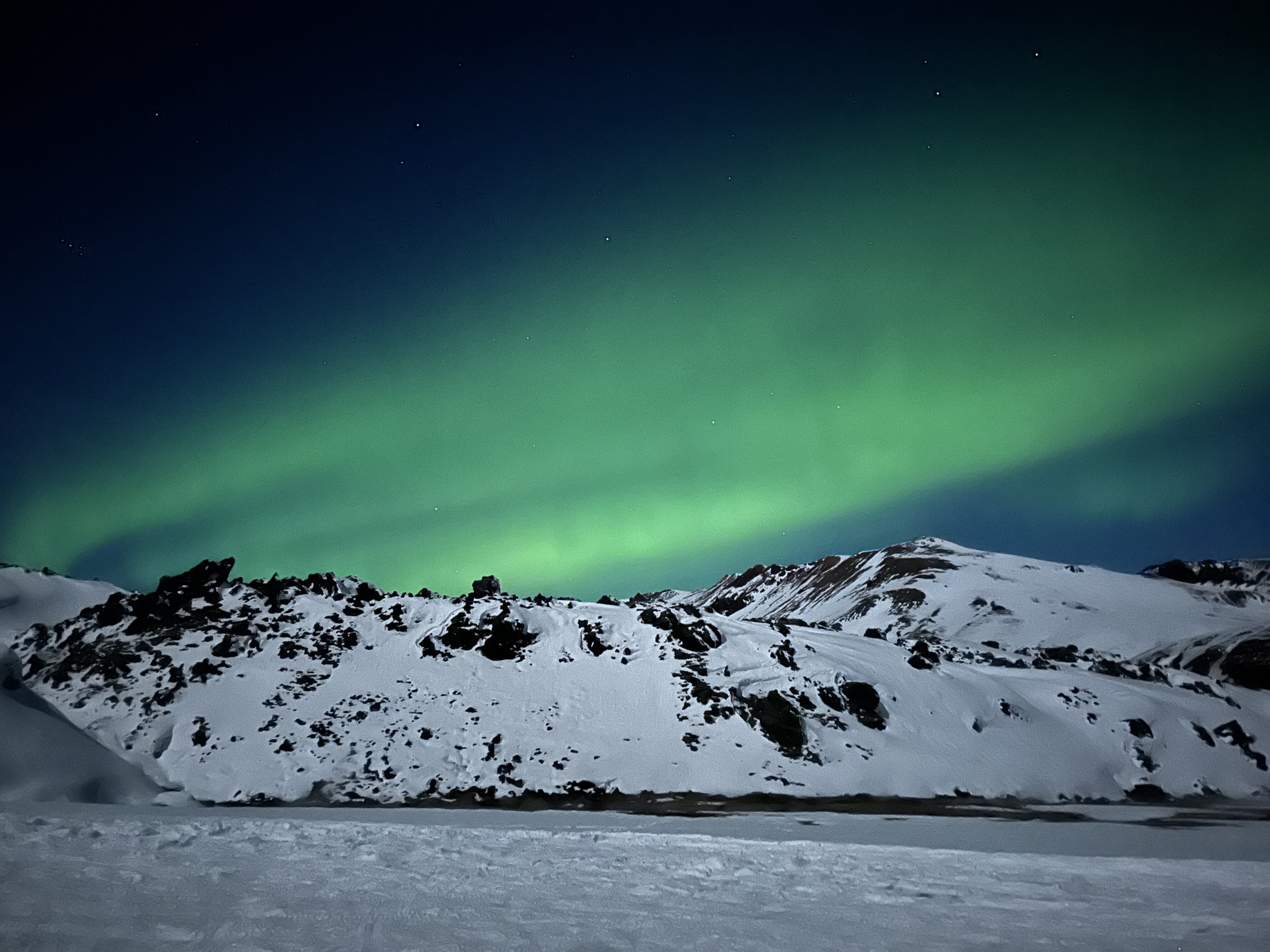
- 5 nights from £1,995
Iceland Winter Hiking Expedition
A real adventure showshoeing the world’s most spectacular landscapes under boundless star-filled skies with the best chance of witnessing the Northern Lights, and all within a week.
- 4 days snowshoeing
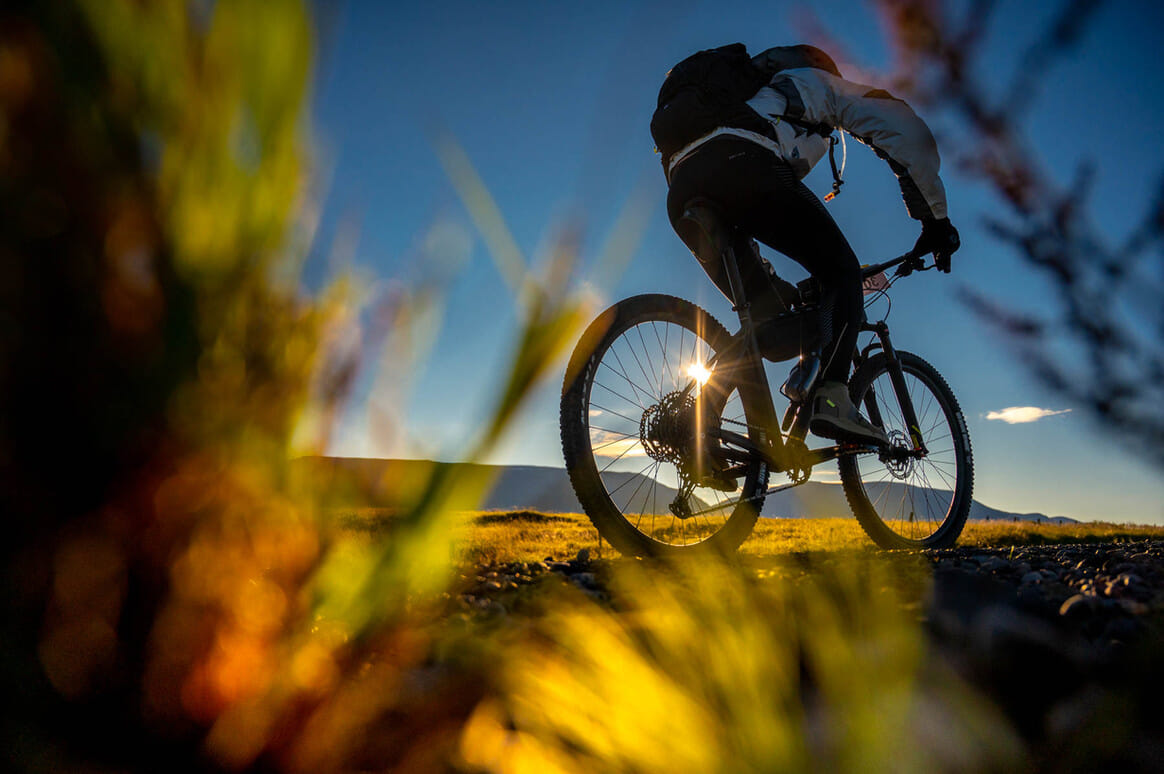
- 6 nights from £4,850
Rat Race | Iceland Coast to Coast
A unique 400km expedition from north to south across the full gambit of Iceland's magical and surreal interior featuring a full hike of The Laugavegur Trail, mountain biking and packrafting.
- 30 miles hiking
- 201 miles mountain biking
- 25 miles kayaking
Ireland
Discover events and adventures on the Emerald Isle!

- Sun 25 Oct 2026
- €110
Irish Life Dublin Marathon
Join 25,000 runners on Dublin’s electric streets for a flat, scenic city loop filled with incredible support, lively crowds and unforgettable marathon magic.
- 26.2 miles road running
Netherlands
Including major events in Amsterdam! Subscribe to our newsletter for event offers and updates.
- Sat 17 - Sun 18 Oct 2026
- £5-£150
TCS Amsterdam Marathon Weekend
The historic Olympic Stadium is the base for the weekend's events taking place on fast, beautiful courses past some of the city's greatest sights. Family races, sightseeing City Run, expo and more.
- Marathon
- 10K run
- Fun run
- Half marathon
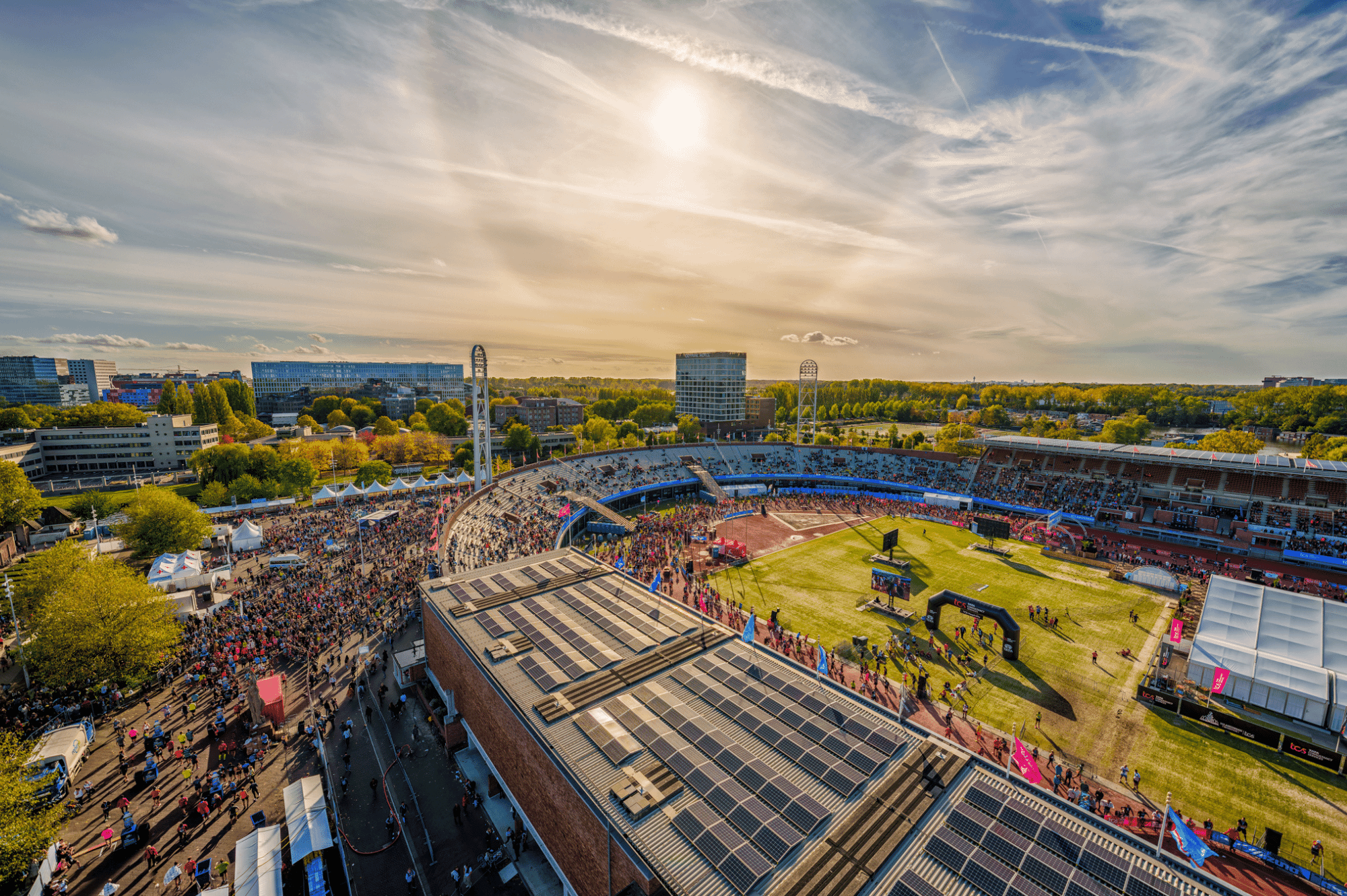
Spain
Discover trekking adventures, rowing challenges and training camps.
Switzerland
Explore alpine adventures and scale Mont Blanc itself! For exclusive offers and updates, sign up to our newsletter.

- 8 nights from £2,399
Classic Tour du Mont Blanc
Circle Western Europe's highest peak on this iconic trek through France, Italy, and Switzerland, lodging in genuine alpine refuges each night.
- 8 days trekking
Italy
From its mountainous North to the sun-drenched South, Italy is perfect for outdoor adventure.
